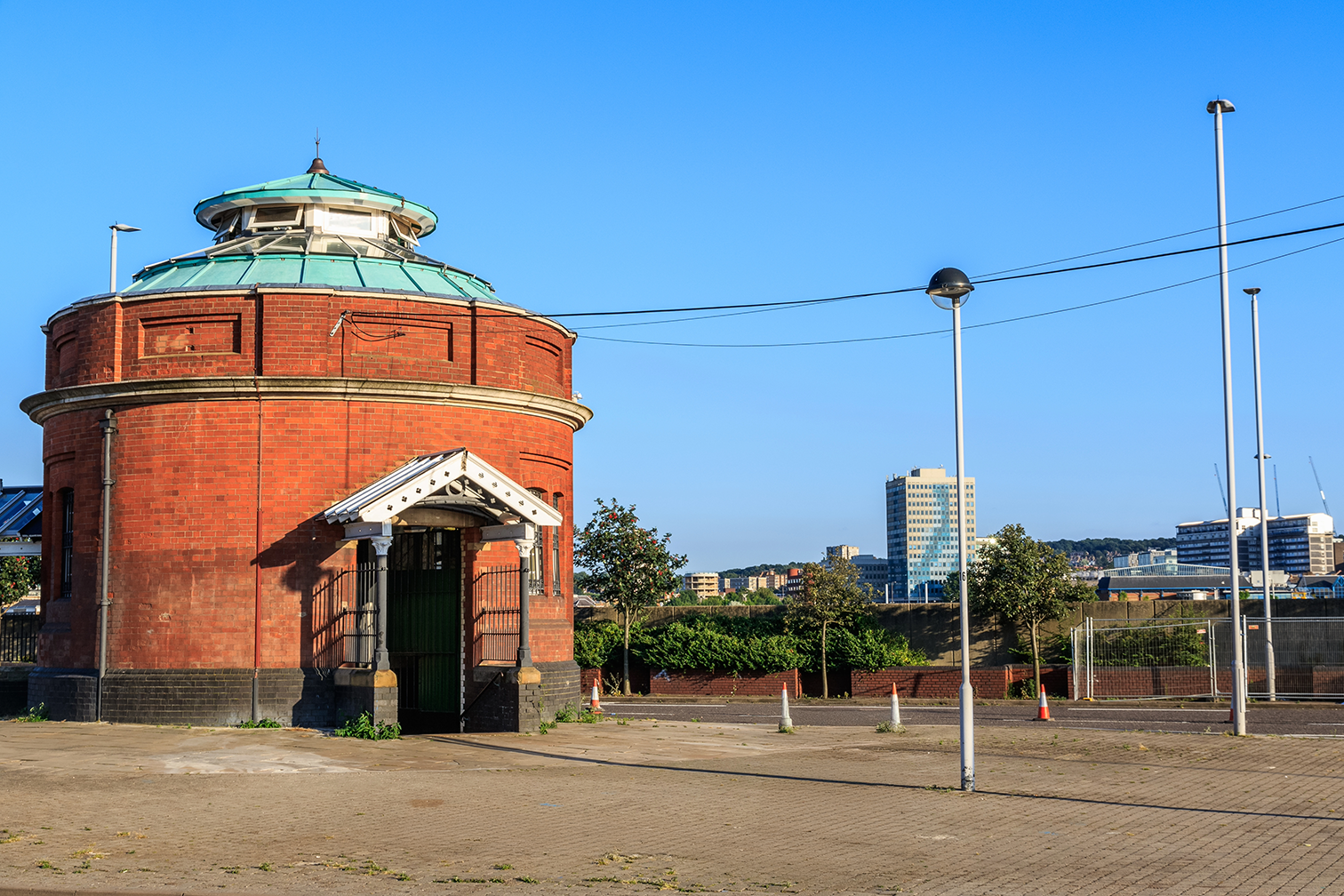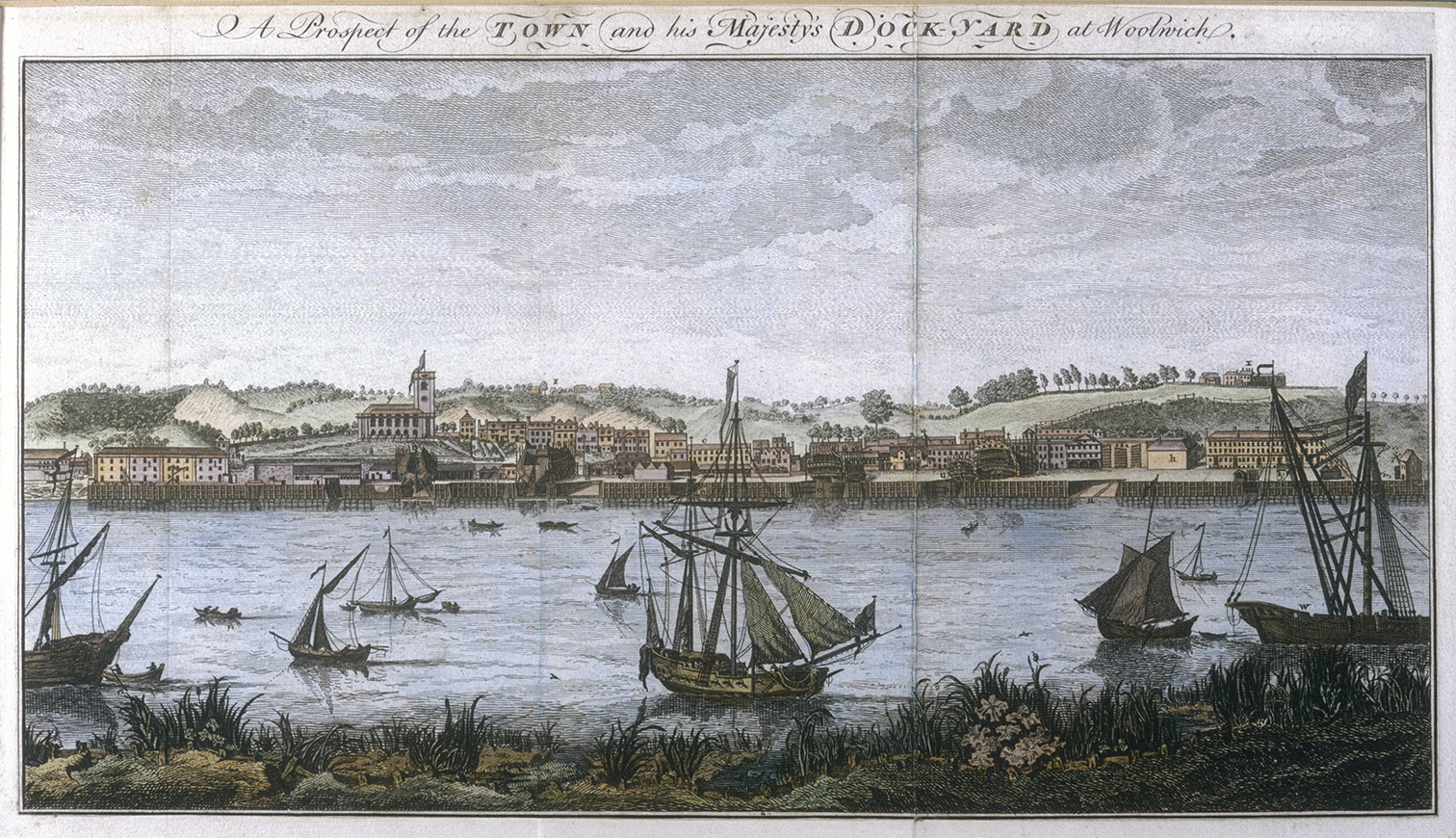
Updated: Oct 24th, 2025
Auction House London’s Area Guide to Woolwich
Auction House London’s Area Guide to Woolwich
Auction House London has a number of interesting properties listed for auction throughout the City and surrounding areas. Our property auction experts are knowledgeable about the different areas in and around London, such as Woolwich, and are sharing a series of London area guides to help investors make more informed decisions.
This latest addition to the Auction House London series focuses on the market town Woolwich in the Royal Borough of Greenwich. The area has significant history as a naval and military site, as well as hosting some major industrial developments. In recent years, Woolwich has benefitted from multiple urban renewal projects, which in turn are helping create exciting new opportunities for investors.
Where is Woolwich?
Woolwich sits on the south bank of the River Thames in southeast London, within the Royal Borough of Greenwich. It lies about 8 and a half miles east of Charing Cross and stretches along the Thames for over a mile and a half, bordering Abbey Wood and Eltham to the south, Charlton and Greenwich to the west, and Thamesmead and Plumstead to the east.
Transport links include Woolwich Arsenal station served by the Elizabeth Line, DLR, and Southeastern rail. There’s also Woolwich railway station on the Elizabeth Line, numerous bus routes, a free ferry crossing the Thames and the historic Woolwich foot tunnel connecting to North Woolwich.

Woolwich foot tunnel
The history of Woolwich
Woolwich has old roots, with archaeological finds revealing Iron Age and Roman settlements beside the Thames. The name derives from an old mayorship meaning a wool trading place. In the 16th century, Woolwich became a naval dockyard under the rule of Henry VIII and later became home to the Royal Arsenal and military institutions including the Royal Military Academy and Royal Artillery Barracks.
Throughout the 19th and early 20th centuries, Woolwich developed industrially and residentially, although the area’s economy declined in the late 20th century following the closure of the Arsenal and dockyard. However, extensive regeneration this century has transformed Woolwich into a riverside residential and cultural hub.

Woolwich naval dockyard
What does the architecture and property market look like in Woolwich?
Woolwich now provides a broad mix of property styles, with a lot of historic elements remaining like Georgian buildings around Beresford Square, as well as waterfront structures around the former Arsenal. Much of the area features modern residential developments on the riverfront, built over the last two decades, while mid-century social housing estates sit alongside recent redevelopment projects further inland. There are also new-build apartments, wide Victorian terraces and converted warehouse blocks.
The history is evident in opportunities such as this ground floor one-bedroom flat situated within a Grade II Listed building in Godwin House on Gilbert Close. In stark contrast, there’s this eighth floor one-bedroom flat available in the Vista Building on Calderwood Street.
What are the amenities like in Woolwich?
Woolwich town centre features Beresford Square and Powis Street which offer a mix of traditional shops, eateries, cafés, local market stalls and national chains. The weekly street market adds activity and local character, while the Royal Arsenal Riverside development includes shops, bars, restaurants and riverfront promenades.
Cultural venues include the Woolwich Works creative arts hub within the historic Arsenal buildings, and an assortment of gyms, cafés, pubs and local cinemas are planned as part of new developments.
Open spaces in Woolwich
Woolwich Common occupies around 60 hectares of open land and links to the wider South East London Green Chain. The common includes woodland, sports pitches on Barrack Field, and walking trails. Other green areas include St Mary’s Gardens, Oxleas Wood and the landscaped gardens around the Royal Arsenal.
The riverside walkway also provides several attractive green spots and public art by the Thames.
What are the schools like in Woolwich?
Woolwich serves families with a range of education options, with primary schools including local community and faith schools such as St Mary Magdalene Church of England All-Through School.
Secondary and further education includes Woolwich Polytechnic School for Boys and the newly established girls’ school under the PolyMAT Trust. There are also state-run secondary schools in the neighbouring wards, while Greenwich University hosts a campus at the Bathway Quarter. Pre-school nurseries and special education provisions are also available locally.

Andrew Binstock
Andrew is widely considered to be one of the best auctioneers in the UK with his energetic and passionate style combined with his ability to entertain the audience and his refusal to bring the gavel down until the very last pound has been extracted.
